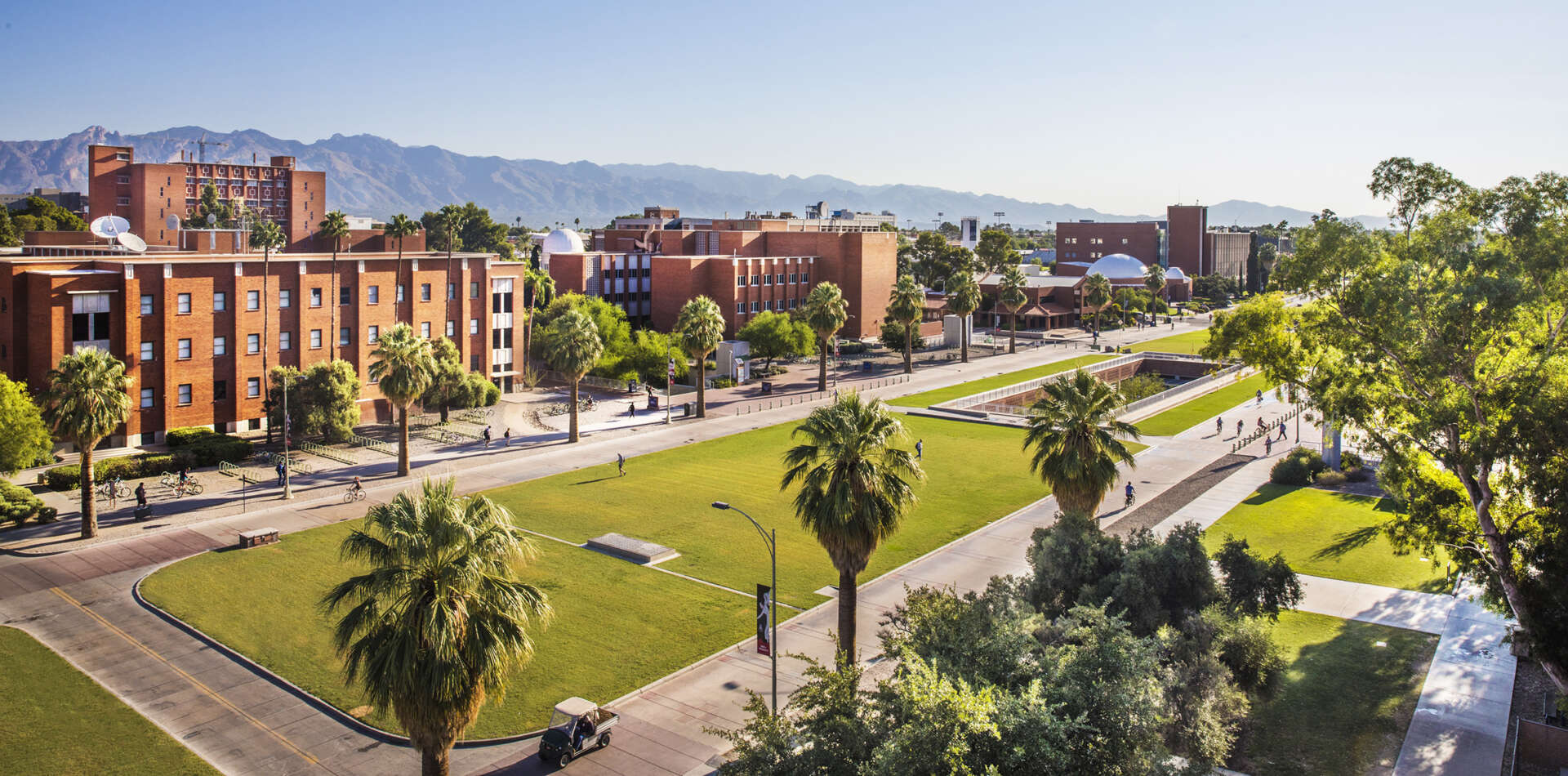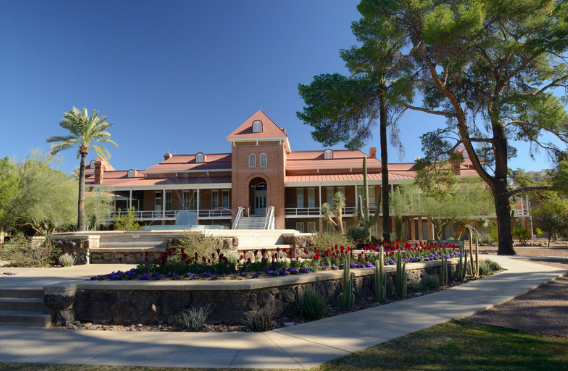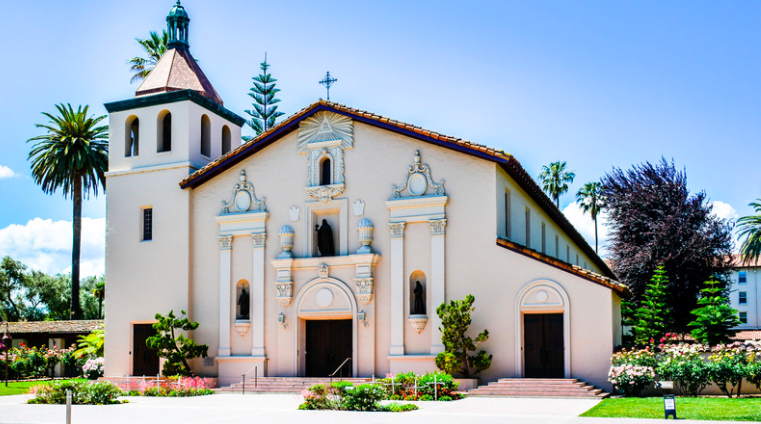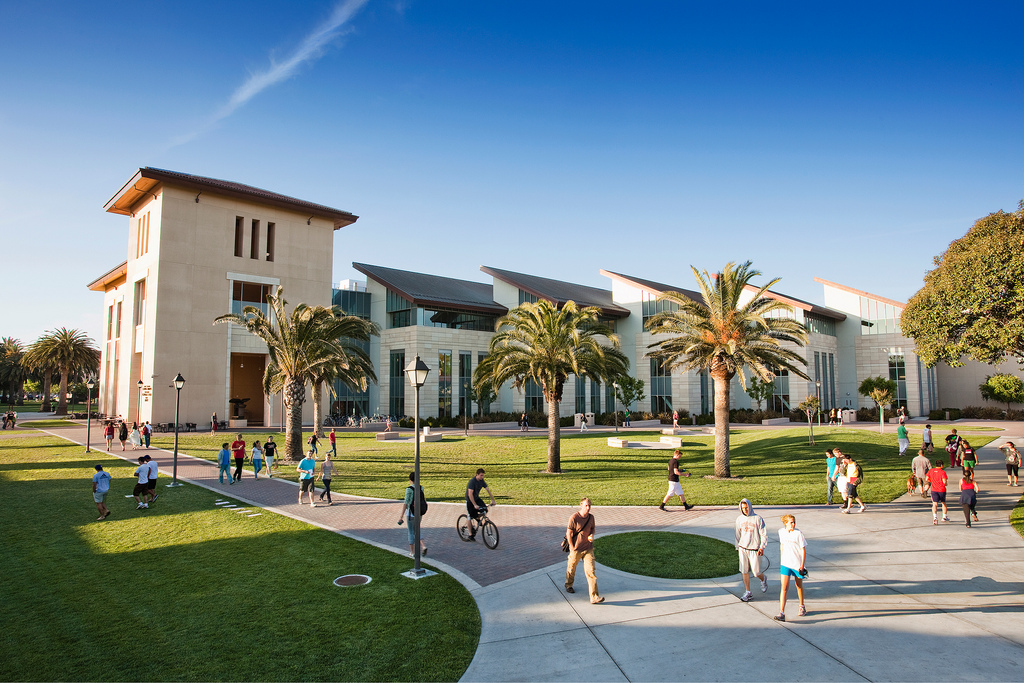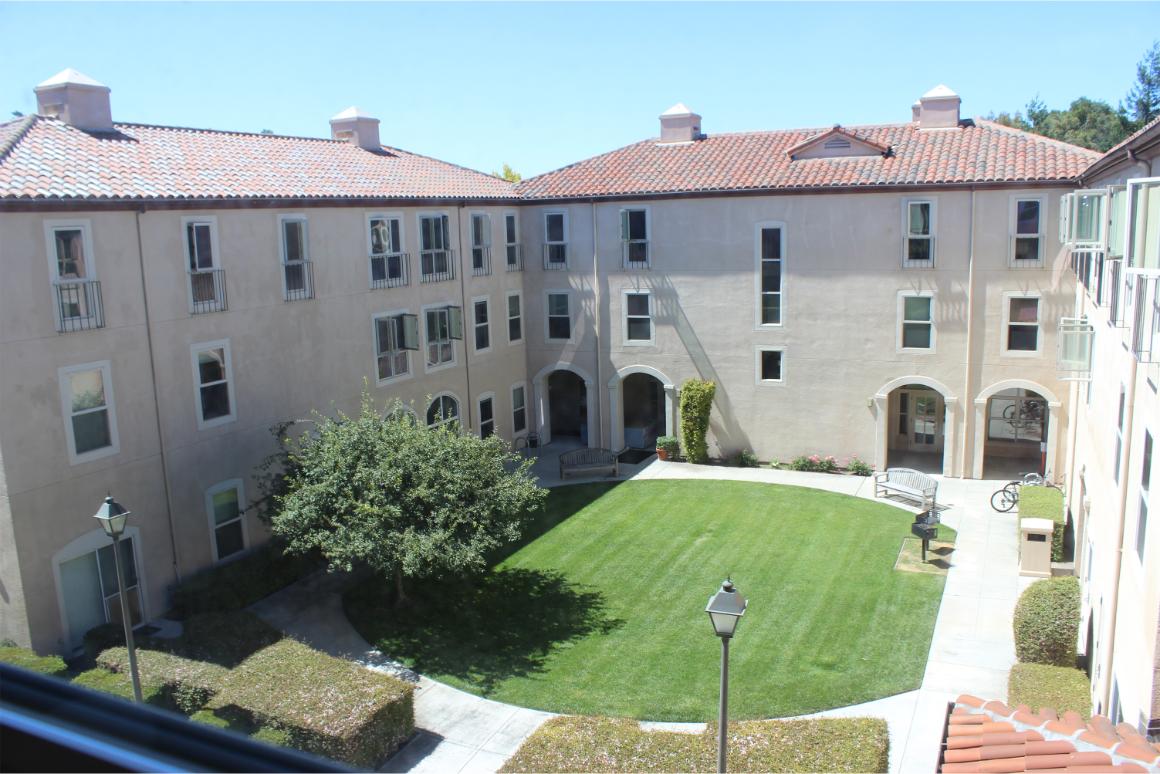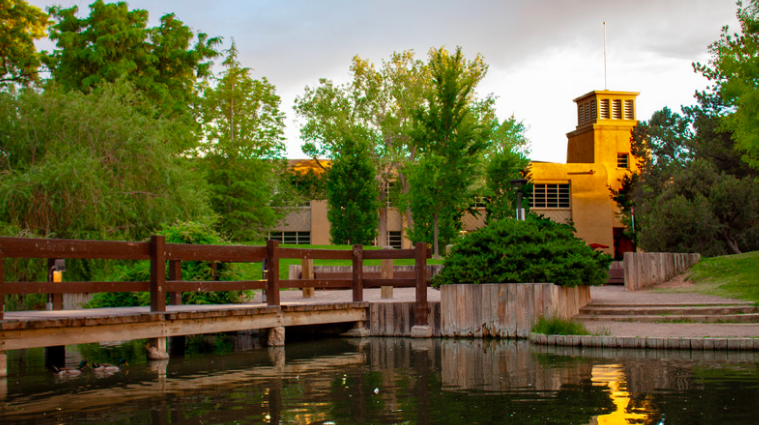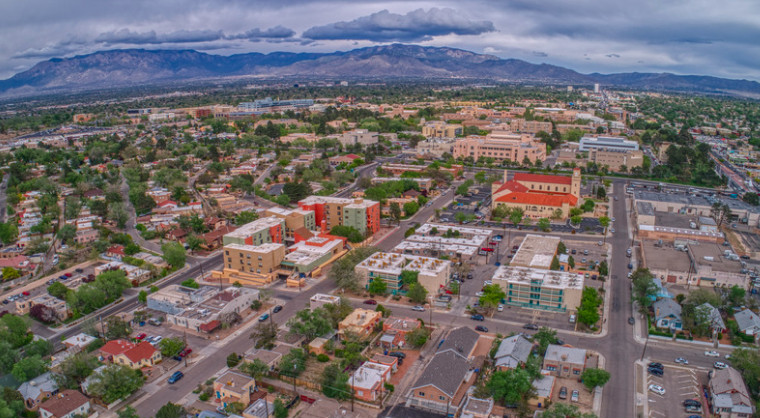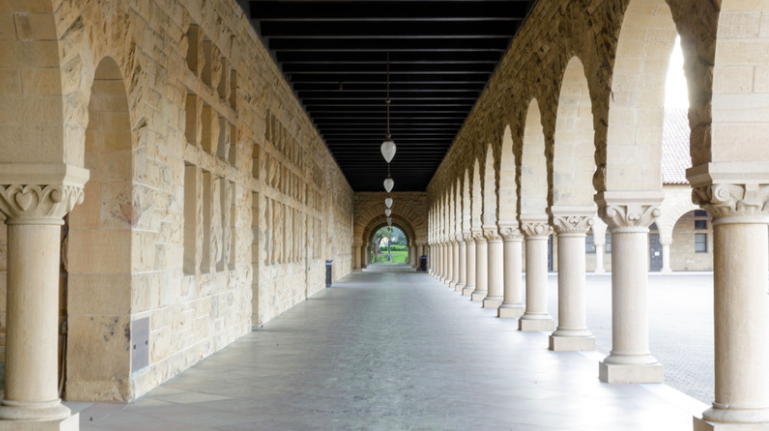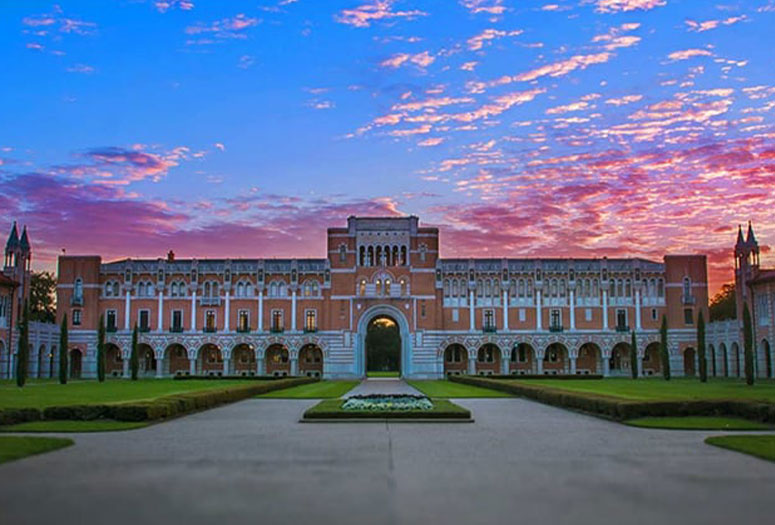
CSU Campus
Colorado State University (Colorado State or simply CSU) and University of Colorado Boulder (CU Boulder) are two the major universities in Colorado that get interest from students and parents the world over when it comes time to research colleges. Although these public universities are located just fifty miles apart, they have different histories, missions, and campus experiences that set them apart that students and parents should be aware of as they finalize their college visit plans and college lists.
History and Mission:
Colorado State University was founded in 1870 as Colorado Agricultural College with the primary goal of providing education in agriculture and mechanical arts. Today, the university has expanded its programs to include over 150 majors and a diverse student population of more than 33,000 students (25,300 undergraduates). CSU’s mission is to provide access to high-quality educational opportunities for students from all walks of life, with a focus on research and community outreach.
On the other hand, University of Colorado Boulder was founded in 1876 and is the flagship campus of the University of Colorado system. The university has a long history of academic excellence and research achievements, and its mission is to become a leader in innovation and discovery, both locally and globally. CU Boulder has over 35,000 students (31,000 undergraduates) and offers a wide range of academic programs, with a particular emphasis on engineering, environmental science, and business.
Academic Programs for Undergraduates:
Both Colorado State and CU Boulder offer a wide variety of academic programs for undergraduates. CSU offers over 150 undergraduate majors, ranging from agriculture and engineering to liberal arts and business. Some of the most popular programs at CSU include animal science, biomedical sciences, and business administration. The university also has a strong focus on research, with many opportunities for undergraduates to work with faculty members on research projects.
CU Boulder offers over 300 undergraduate majors, with particular strengths in engineering, environmental science, and business. Some of the most popular programs at CU Boulder include aerospace engineering, environmental studies, and finance. The university is also known for its strong research programs, with many opportunities for undergraduates to engage in research activities.
Location:
Both CSU and CU Boulder are located in beautiful Colorado, with easy access to outdoor activities such as hiking, skiing, and rock climbing. CSU is located in Fort Collins, a vibrant college town that is consistently ranked as one of the best places to live in the United States. The university is surrounded by the Rocky Mountains, with easy access to hiking and skiing opportunities. Fort Collins also has a thriving music scene and a vibrant downtown area with many shops, restaurants, and cultural events. It takes about 66 miles or 1 hour by car to get from the airport in Denver to CSU’s campus
CU Boulder is located in Boulder, a city that is consistently ranked as one of the best places to live in the United States. The university is located at the base of the Rocky Mountains, with easy access to hiking and skiing opportunities. Boulder is also known for its vibrant arts and culture scene, with many museums, galleries, and performing arts venues. The city also has a thriving downtown area with many shops, restaurants, and cultural events. It takes about 38 miles or 34 minutes by car to get from the airport in Denver to CU Boulder’s campus
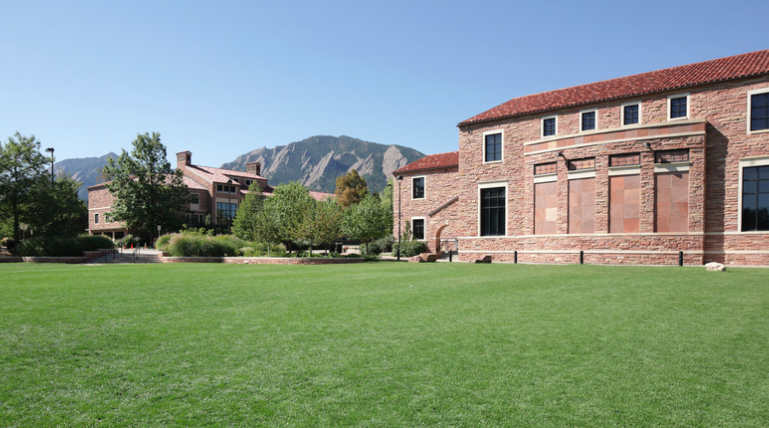
Another view of CU Boulder’s campus.
Campus Life Opportunities for Students:
Both CSU and CU Boulder offer a wide range of campus life opportunities for students. CSU has over 500 student organizations, ranging from academic clubs and service organizations to sports teams and social groups. The university also has a strong athletic program, with 16 NCAA Division I sports teams.
CU Boulder also has a wide range of campus life opportunities for students, including over 400 student organizations and a strong athletic program with 17 NCAA Division I sports teams. The university is also known for its vibrant arts and culture scene, with many museums, galleries, and performing arts venues. Students at CU Boulder can also take advantage of the university’s proximity to Denver, with easy access to cultural events and job opportunities in the metro area.
Campus in General:
Colorado State University (CSU) is known for its stunning physical campus that boasts a unique blend of historic and modern architecture, as well as a wealth of natural beauty. Here are some of the features that make CSU’s physical campus unique:
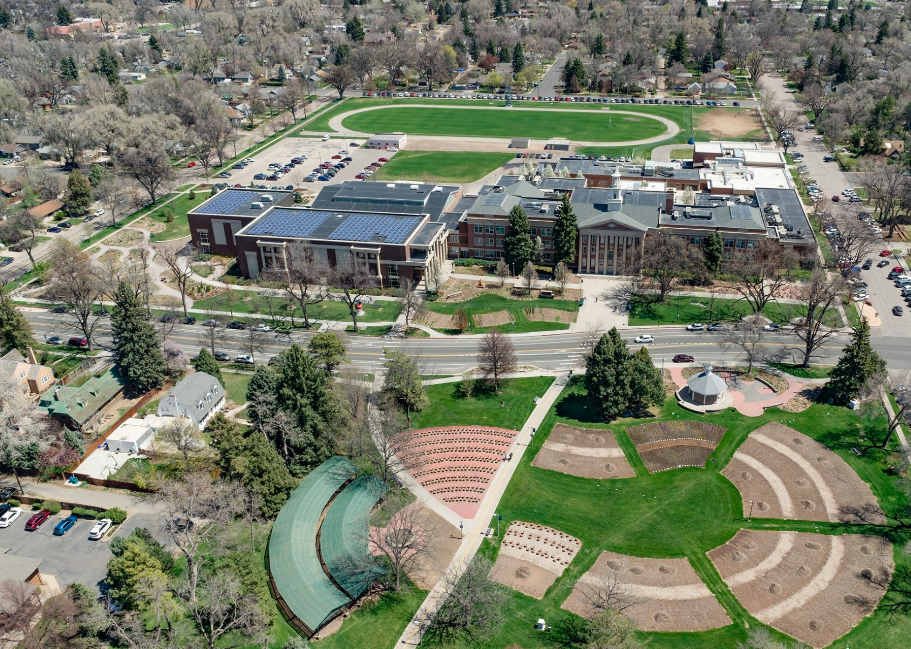
Another view of CSU’s campus.
The Oval: CSU’s iconic Oval is a grassy, tree-lined central gathering place that is often used for events and activities. It’s surrounded by some of the university’s oldest and most historic buildings, including the Administration Building and the University Center for the Arts.
Lagoon: A picturesque man-made lake surrounded by natural beauty, including large trees and plenty of open space. It provides a serene spot for picnics, studying or leisurely walks.
The “New” Chemistry Building: A modern, state-of-the-art building with sustainable features, such as an energy-efficient heating and cooling system and a green roof. The building is a hub for cutting-edge research and collaboration.
The Morgan Library: A distinctive building that houses one of the most extensive academic libraries in the region, with more than 2 million volumes and a variety of study spaces.
The Horticulture Center: This center is a hidden gem on campus and is home to a botanical garden and research facility where students, faculty and the general public can learn about horticulture and sustainable agriculture.
The UCA Building: The University Center for the Arts is a newer addition to the campus and a hub for creativity and the arts. It hosts events, performances and exhibitions, and offers state-of-the-art resources for students studying the arts.
The Rocky Mountains: Finally, one of the most unique features of the CSU campus is its location at the foothills of the Rocky Mountains. The views from campus are spectacular, and the mountains offer endless opportunities for outdoor recreation and exploration.
Overall, CSU’s physical campus is a blend of modern and historic architecture, surrounded by natural beauty and stunning views of the Rocky Mountains. It’s a unique and welcoming environment that inspires learning, creativity and a love of the outdoors.
Meanwhile, the physical campus of the University of Colorado Boulder is known for its unique blend of natural beauty and innovative architecture. Here are some of the features that make the CU Boulder campus unique:
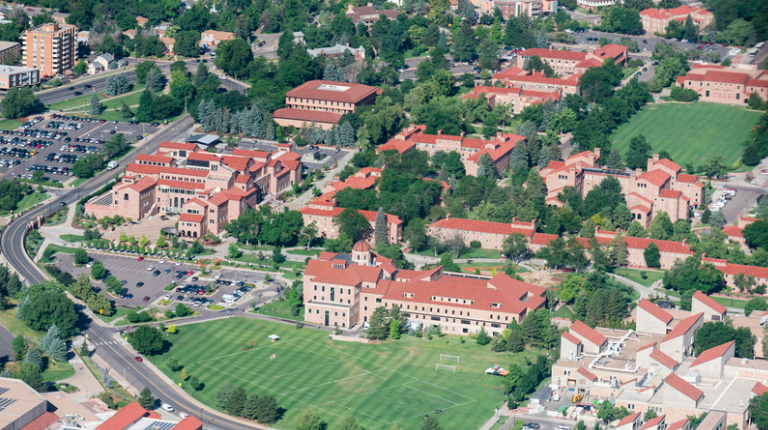
CU Boulder Campus
Flatirons: One of the most iconic features of the CU Boulder campus is the Flatirons, a series of towering, jagged rock formations that rise up directly behind the campus. These natural landmarks provide a stunning backdrop for the campus and offer endless opportunities for outdoor recreation.
Old Main: One of the oldest and most historic buildings on campus, Old Main is a beautiful sandstone structure that was built in 1876. It houses administrative offices and a variety of academic departments, and its clock tower is a recognizable landmark on campus.
Norlin Library: A large, modern library that houses over 4 million volumes and offers a variety of study spaces and resources for students. It’s also home to the famous “Norlin Quadrangle,” a grassy area surrounded by trees and benches that is a popular spot for students to study and relax.
Engineering Center: The Engineering Center is a newer building that is home to a variety of research and academic programs in the engineering field. The building is designed to be energy efficient and sustainable, and features state-of-the-art technology and resources.
Fiske Planetarium: One of the largest planetariums in the country, Fiske offers a variety of educational and entertaining programs about astronomy and space science. It’s a popular destination for both CU Boulder students and the general public.
CU Art Museum: The CU Art Museum is a contemporary art museum that features a variety of rotating exhibitions and collections. It’s a hub for creativity and innovation on campus, and offers a variety of educational programs and events for students and the public.
Pearl Street Mall: Although not technically part of the CU Boulder campus, the Pearl Street Mall is a popular destination for students and the surrounding community. It’s a pedestrian mall lined with shops, restaurants, and street performers, and is a hub for entertainment and socializing.
Overall, the CU Boulder campus is a unique blend of natural beauty, historic architecture, and modern innovation. It’s a welcoming and inspiring environment that fosters learning, creativity, and a love of the outdoors.
Students:
The students attracted to CSU include:
Colorado residents: CSU is a popular choice for Colorado residents, with more than 70% of its students coming from within the state.
Out-of-state students: CSU also attracts a significant number of out-of-state students, particularly from neighboring states like Wyoming, Nebraska, and Kansas. The university’s location in Fort Collins, which is known for its outdoor recreation opportunities and quality of life, may be a draw for these students.
Diversity: CSU is currently quite committed to diversity, equity, and inclusion, and has a diverse student population. About 28% of students identify as students of color, and the university has a number of initiatives to support underrepresented students.
Academic interests: CSU offers a wide range of academic programs, including strong programs in agriculture, engineering, business, and veterinary medicine. Students who are interested in these majors and others offered by CSU may be particularly attracted to CSU.
Campus culture: CSU has a friendly and welcoming campus culture, with a strong sense of community and school spirit. Students who are looking for a supportive and engaging college experience may find that CSU is a good fit.
The students attracted to CU Boulder include:
Out-of-state students: CU Boulder is a popular choice for out-of-state students, particularly from California, Texas, Illinois, and New York. The university’s location in Boulder, which is known for its outdoor recreation opportunities and quality of life, may be a draw for these students.
Colorado residents: CU Boulder also attracts a significant number of Colorado residents, with about 60% of its students coming from within the state.
Diversity: CU Boulder is currently quite committed to diversity, equity, and inclusion, and has a relatively diverse student population. About 25% of students identify as students of color, and the university has a number of initiatives to support underrepresented students.
Academic interests: CU Boulder offers a wide range of academic programs, including strong programs in environmental studies, engineering, business, and the arts and humanities. Students who are interested in these fields may be particularly attracted to CU Boulder.
Campus culture: CU Boulder has a vibrant and engaged campus culture, with a strong emphasis on sustainability, innovation, and social responsibility. Students who are looking for a dynamic and intellectually stimulating college experience may find that CU Boulder is a good fit.
Admissions:
Both of these colleges are statistically far easier to get into than most of their counterparts on the west and east coasts of the United States. CSU currently has an overall undergraduate acceptance rate of 90% while CU Boulder has an overall undergraduate acceptance rate of 79%. With that said, certain programs are more selective; therefore, if either of these universities end up on your final college list, you should double check with the university in question regarding the expectations of applicants to the major you want to pursue, as it may be far more difficult to join a major as a freshman than the overall undergraduate acceptance rate would lead you to believe. Yet, in overall context, these two Colorado universities are big and relatively unselective, which will turn off those looking for status driven by selectivity but will attract those looking to live on a campus where egalitarianism certainly predominates over elitism. To learn more about undergraduate admissions at CSU click here. To learn more about undergraduate admissions at CU Boulder click here.




